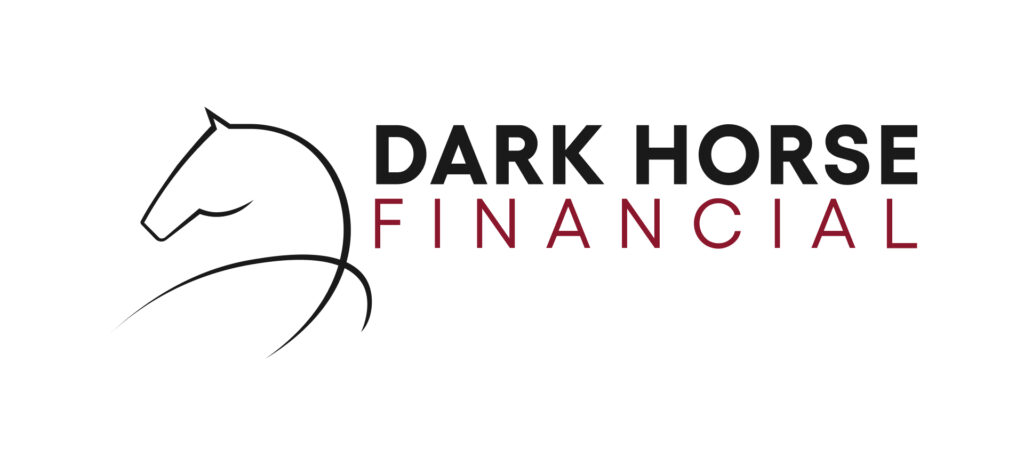Key Takeaways
- Debt recycling is a strategy to convert non-deductible home loan debt into tax-deductible investment debt, helping you build wealth while optimising your tax position.
- Meanwhile, interest-only loans allow you to pay only the interest for a set period, reducing short-term repayments and freeing up cash flow for other purposes.
- These two concepts are fundamentally different, but you can use them together. Interest-only loans can complement debt recycling by freeing up cash flow for even more investments.
- When used for investment purposes, the interest on an interest-only loan can be tax-deductible, reducing your taxable income.
- Interest-only loans mean lower monthly repayments (for a set period), providing flexibility to invest more or manage short-term financial challenges.
- Interest-only loans are popular with property investors, allowing them to benefit from capital growth without high repayments.
- Carefully weigh the risks and ensure you have a long-term plan to manage debt and investments effectively.
- Always consult a financial planner or mortgage broker to tailor these strategies to your unique financial situation and goals.
When it comes to building wealth and managing debt, Australians have a variety of financial tools at their disposal. Two of the strategies are debt recycling and interest-only loans. While these strategies can be used independently, they can also work together to maximise your financial position. We’ll explore how interest-only loans can fit into a debt recycling strategy, the differences between the two, and the advantages of using interest-only loans in your financial planning.
Understanding Interest-Only Loans vs Debt Recycling
Let’s talk about the debt recycling loan and interest-only loans differences:
What is Debt Recycling?
Debt recycling is a financial strategy used to convert non-deductible debt (such as a home loan) into tax-deductible debt (such as an investment loan). The goal is to use the equity in your home to invest in income-producing assets, such as shares or investment properties while reducing your overall debt burden over time. This strategy is particularly popular among high-income earners looking to optimise their tax position and build wealth more efficiently.
Here’s how it works:
- You pay down your home loan.
- You use the equity in your home to borrow funds.
- You invest those funds into income-generating assets.
- The interest on the new loan becomes tax-deductible because the funds are used for investment purposes.
- Over time, you repay the non-deductible debt (your home loan) using the income generated from your investments and other sources of income.
- You repeat the process until you significantly reduce your non-deductible debt and increase your investments.
What are Interest-Only Loans?
An interest-only loan is a type of loan where you only pay the interest component for a set period (usually 1-3 years) rather than paying down the principal. This means your repayments are lower during the interest-only period, freeing up cash flow for other purposes, such as investing or saving.
Interest-only loans are commonly used by property investors who want to maximise their cash flow in the short term while benefiting from potential capital growth in their investment properties. Since they are suitable for investors, they can also be used strategically in conjunction with debt recycling.

How Interest-Only Loans Can Work Within a Debt Recycling Strategy
Interest-only loans can be a powerful tool when integrated into a debt recycling loan strategy. Here’s how they can work together:
1. Freeing Up Cash Flow for Investments
One of the main advantages of interest-only loans is that they reduce your monthly repayments, freeing up cash flow that can be redirected into investments. For example, if you’re using a debt recycling strategy to invest in property, the extra cash flow from an interest-only loan can be used to purchase more properties, accelerating your wealth-building efforts.
2. Maximising Tax Deductions
When used as part of a debt recycling strategy, the interest on an interest-only loan can be tax-deductible if the funds are used for investment purposes. This can significantly reduce your taxable income, especially if you’re a high-income earner.
3. Leveraging Capital Growth
Interest-only loans are particularly popular among property investors because they allow you to benefit from capital growth without the burden of high repayments. If you’re using a debt recycling strategy to invest in property, an interest-only loan can help you maximise your returns while minimising your out-of-pocket expenses.
4. Flexibility in Repayments
Interest-only loans offer flexibility, which can be advantageous when implementing a debt recycling strategy. For example, you can choose to make additional repayments during the interest-only period if your financial situation improves, or you can refinance at the end of the interest-only period to extend the term or simply switch to principal and interest repayments.

Advantages of Interest-Only Loans in Debt Recycling
Here are the advantages of interest-only loans when used in a Debt Recycling Strategy
1. Improved Cash Flow Management
By reducing your monthly repayments, interest-only loans give you more flexibility to manage your cash flow. This can be particularly beneficial if you’re investing in assets that may take time to generate income, such as shares or property.
2. Enhanced Investment Opportunities
With lower repayments, you can allocate more funds towards investments, potentially increasing your returns over time. This is especially useful in a debt recycling strategy, where the goal is to build wealth through income-generating assets.
3. Tax Efficiency
When used correctly, the interest on an interest-only loan can be tax-deductible, reducing your overall tax liability. This can make a significant difference to your net wealth over the long term.
4. Short-Term Financial Relief
If you’re facing temporary financial challenges, such as a career change or unexpected expenses, some lenders use an interest-only loan as a hardship solution as they can provide short-term relief by lowering your repayments temporarily. It’s important to note that these changes can make repayments higher later, as the principal still needs to be paid off.
Risks and Considerations
While interest-only loans can be beneficial, they also come with risks, particularly if not managed properly:
1. Higher Long-Term Costs
Because you’re not paying down the principal during the interest-only period, the overall cost of the loan will be higher over its lifetime.
2. Refinancing Challenges
At the end of the interest-only period, you’ll need to start making principal and interest repayments, which will be significantly higher than an interest only payment.
3. Market Volatility
Investments, particularly in shares or property, are subject to market fluctuations. If your investments underperform, you may struggle to cover the costs of your loan.
Using a Debt Recycling Loan Calculator
A debt recycling loan calculator can help you understand how much you can borrow, what your repayments will be, and how much you could save in tax. These calculators allow you to input variables such as your loan amount, interest rate, and investments to see how your strategy might play out over time.
When using a debt recycling loan calculator, consider the following:
- The interest rate on your loan.
- The expected return on your investments.
- The tax benefits of deducting the interest on your investment loan.
- The impact of switching to principal and interest repayments after the interest-only period.
Using an Interest-Only Loan Calculator
Additionally, you can also use an interest-only loan calculator to help you better understand how your repayments will work with this type of loan.
Just input the loan amount, interest rate, and the interest-only term, and you’ll get a calculation of how much your interest-only payments will be.
Important Disclaimer: The debt recycling calculator and interest-only calculator are for illustrative purposes only. It’s important to remember that our calculators provide estimates and are based on certain assumptions. The calculators do not take into account your circumstances and actual results can and will vary, depending on changes in interest rates and other factors.
Final Thoughts: Is This Strategy Right for You?
Debt recycling and interest-only loans can used for building wealth, but they’re not suitable for everyone. If you’re considering these strategies, it’s essential to seek professional advice from a financial planner or mortgage broker who understands the Australian market and can tailor a plan to your specific circumstances.
By combining the cash flow benefits of interest-only loans with the tax efficiency of debt recycling, you can create a robust financial strategy that accelerates your path to financial growth. Don’t forget to weigh the risks and ensure you have a solid plan in place to manage your debt and investments over the long term.
Get Started on Debt Recycling Today
At Dark Horse Financial, we’re experts in complex financial strategies like debt recycling and interest-only loans. We can help you combine these two strategies to maximise returns and minimise tax liabilities. Contact us today to learn more.




